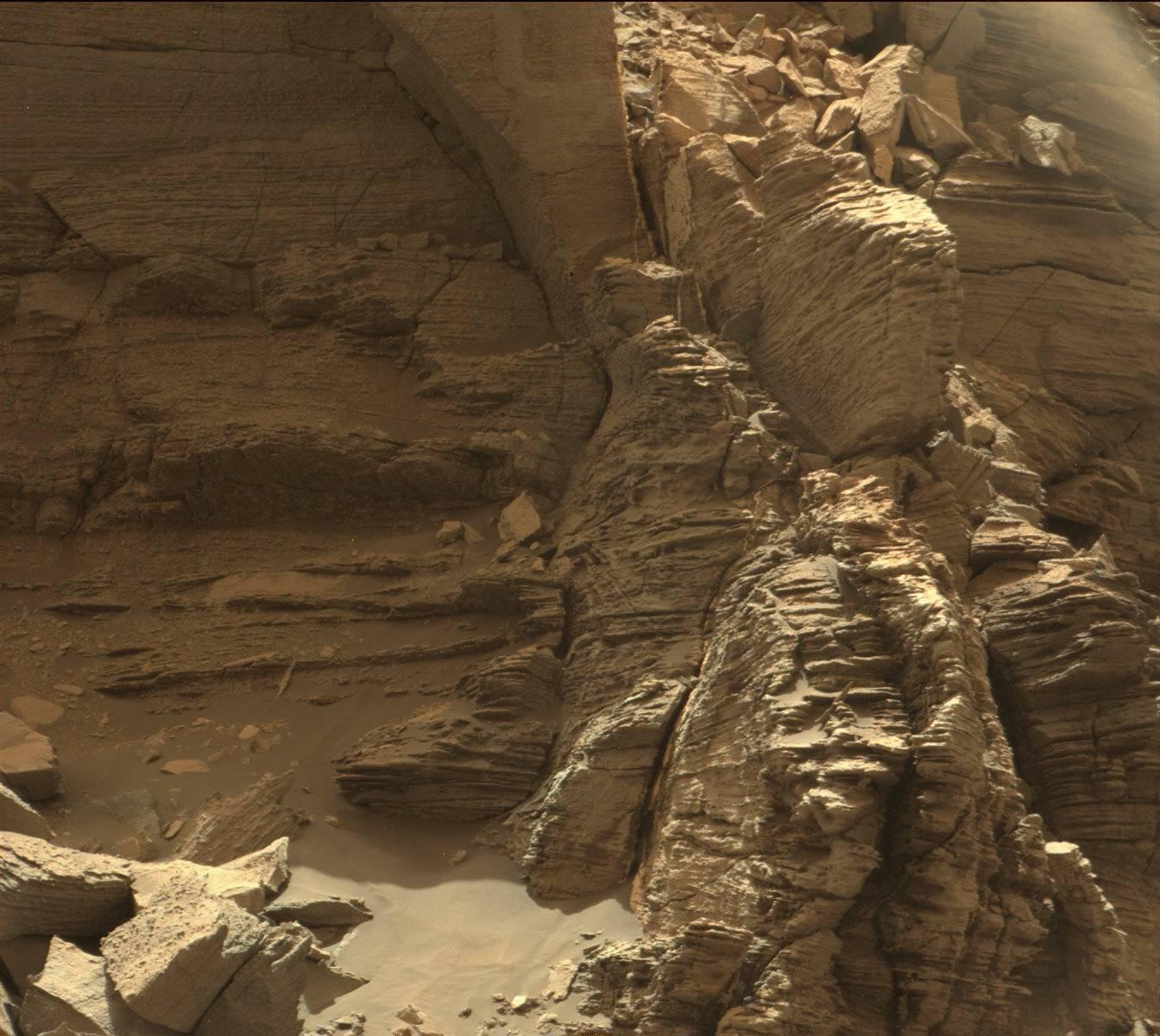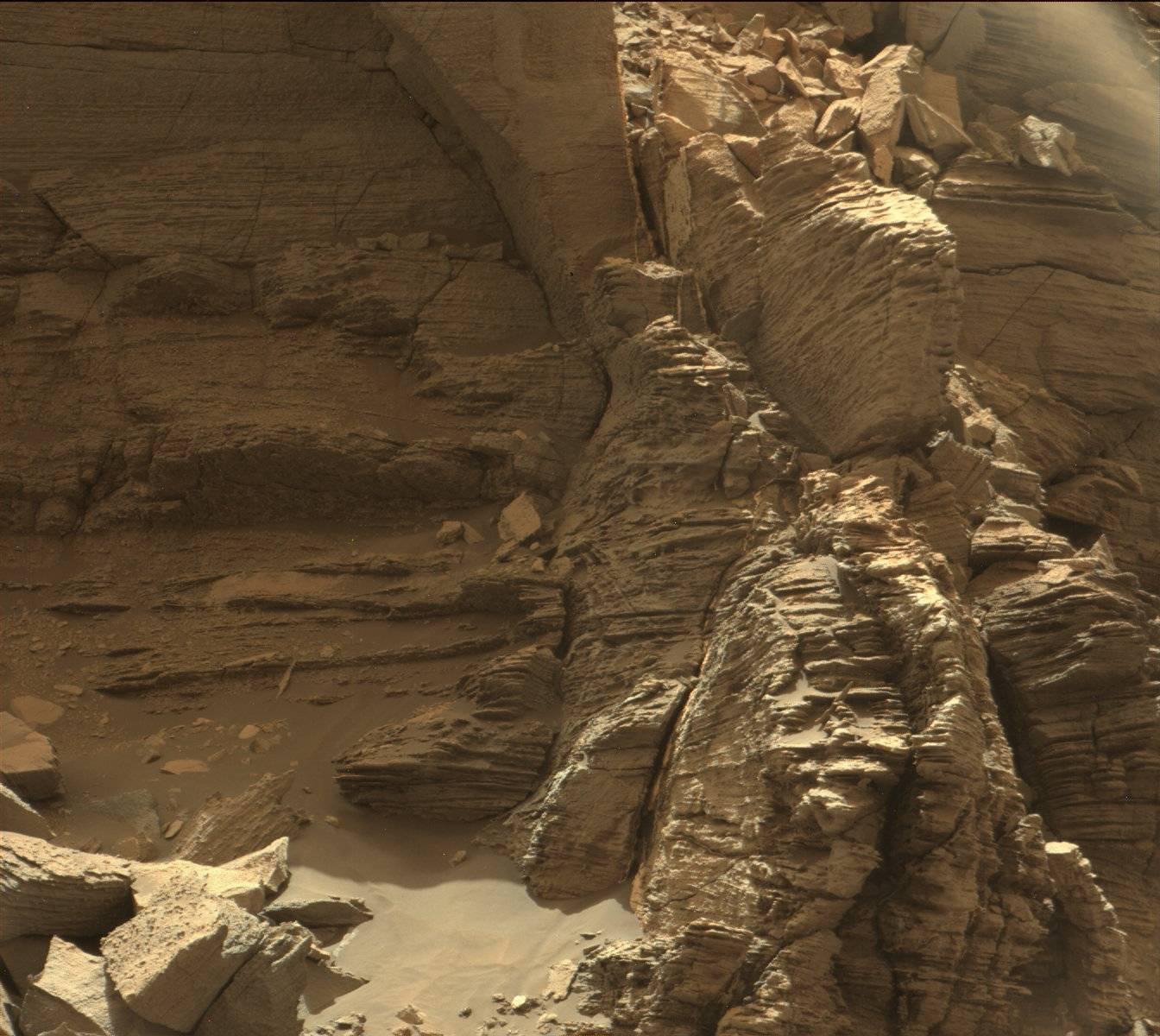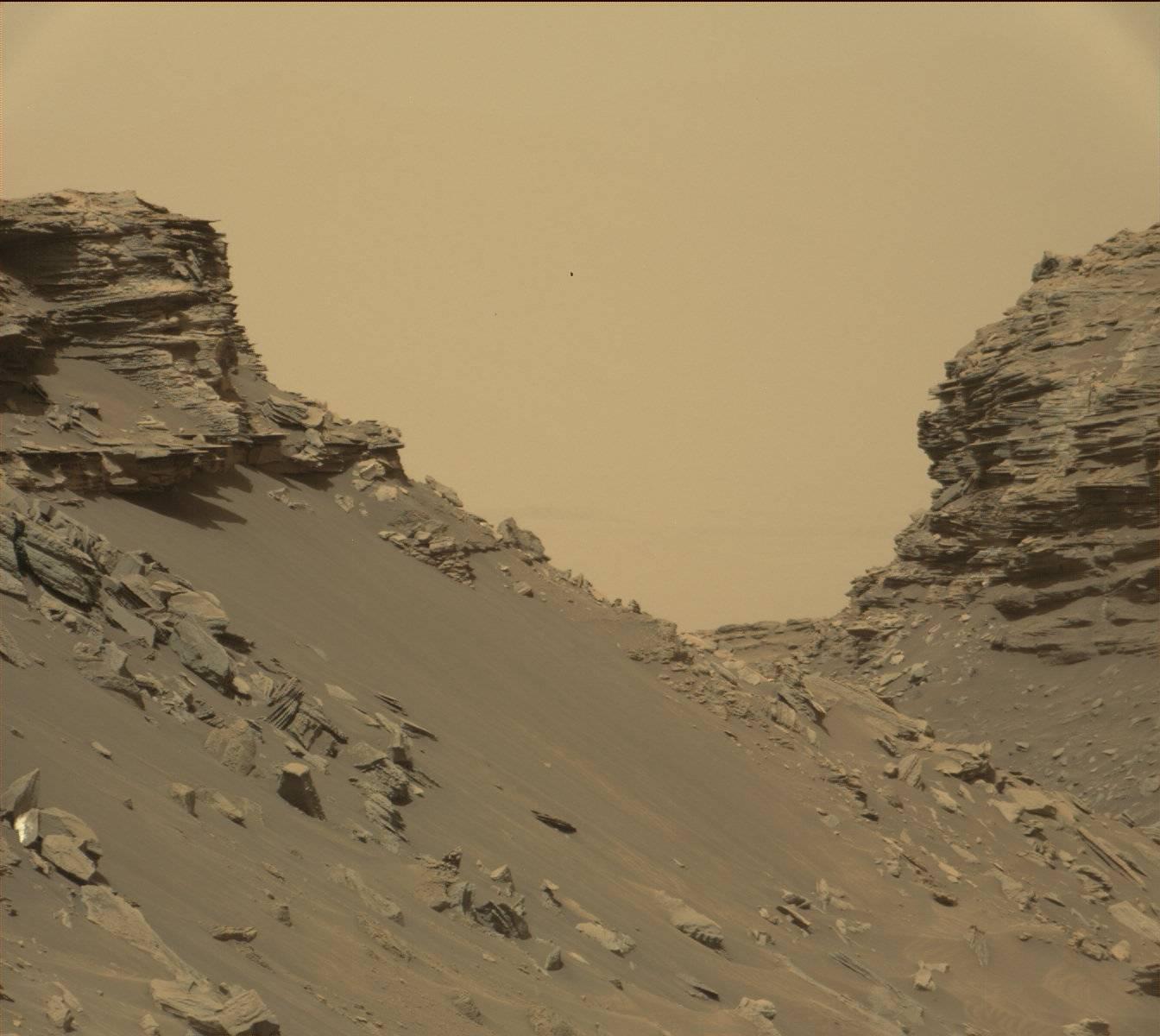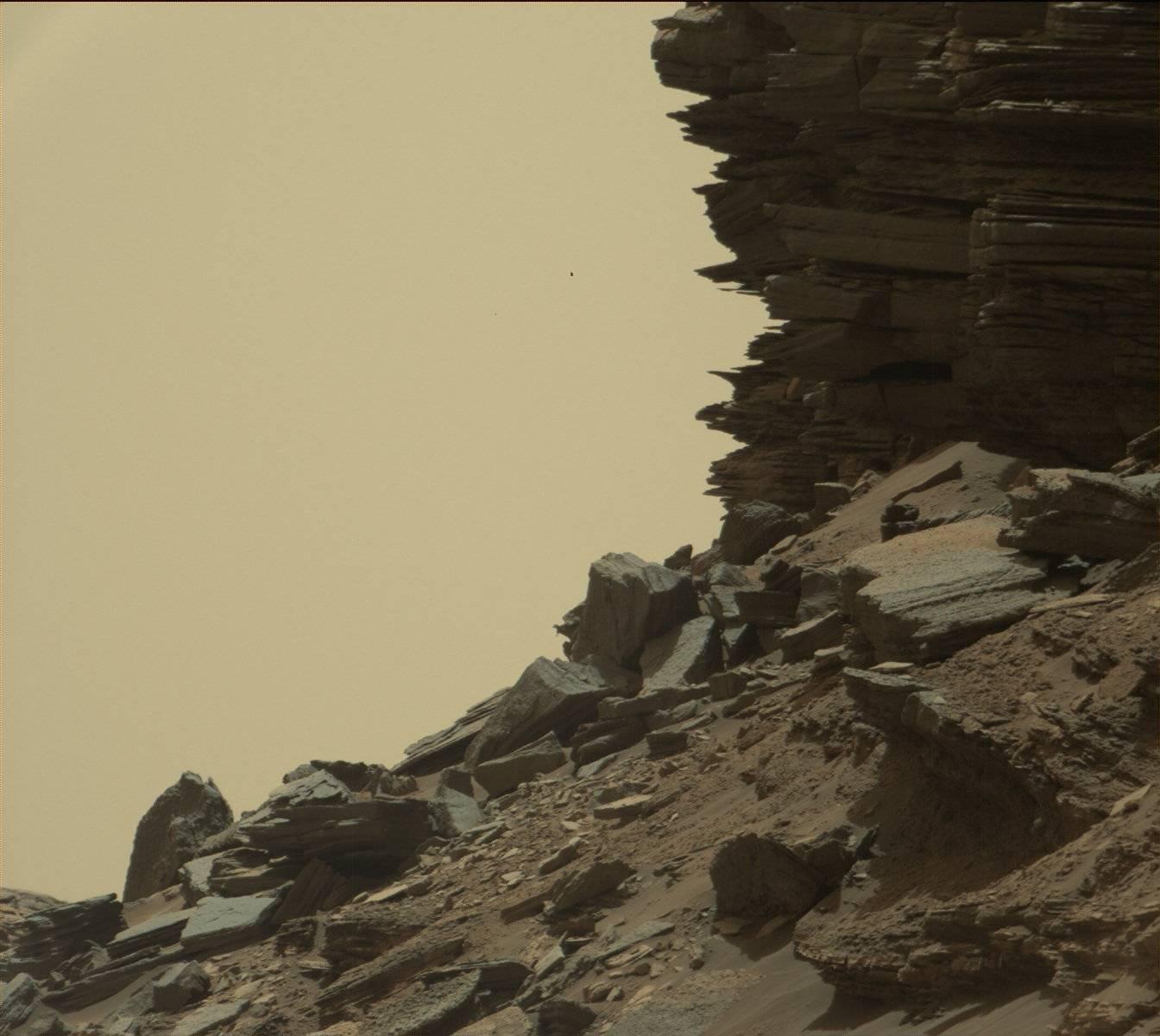
NASA’s Curiosity Rover recently returned some striking color images from Mars of the Murray Buttes, one of the lower regions of Mount Sharp.
The buttes and mesas are the eroded remains of ancient sandstone that have risen above the sandy, Martian surface. Studying the rock formations up close is giving scientists a better understanding of how Mars’ landscape was formed, says Curiosity Project Scientist Ashwin Vasavada, of NASA’s Jet Propulsion Laboratory.
The images may look uncannily familiar to desert dwellers and visitors here on Earth. “Curiosity’s science team has been just thrilled to go on this road trip through a bit of the American desert Southwest on Mars,” Vasavada says. NASA compared the images to those taken in U.S. National Parks.
The rover has been exploring the Murray Buttes area for a little over a month and is now on its way south and further up Mount Sharp, where it will investigate how the landscape and atmosphere of ancient Mars, thought to be more favorable to life, has evolved into its current condition.





More Must-Reads From TIME
- The 100 Most Influential People of 2024
- The Revolution of Yulia Navalnaya
- 6 Compliments That Land Every Time
- What's the Deal With the Bitcoin Halving?
- If You're Dating Right Now , You're Brave: Column
- The AI That Could Heal a Divided Internet
- Fallout Is a Brilliant Model for the Future of Video Game Adaptations
- Want Weekly Recs on What to Watch, Read, and More? Sign Up for Worth Your Time
Contact us at letters@time.com